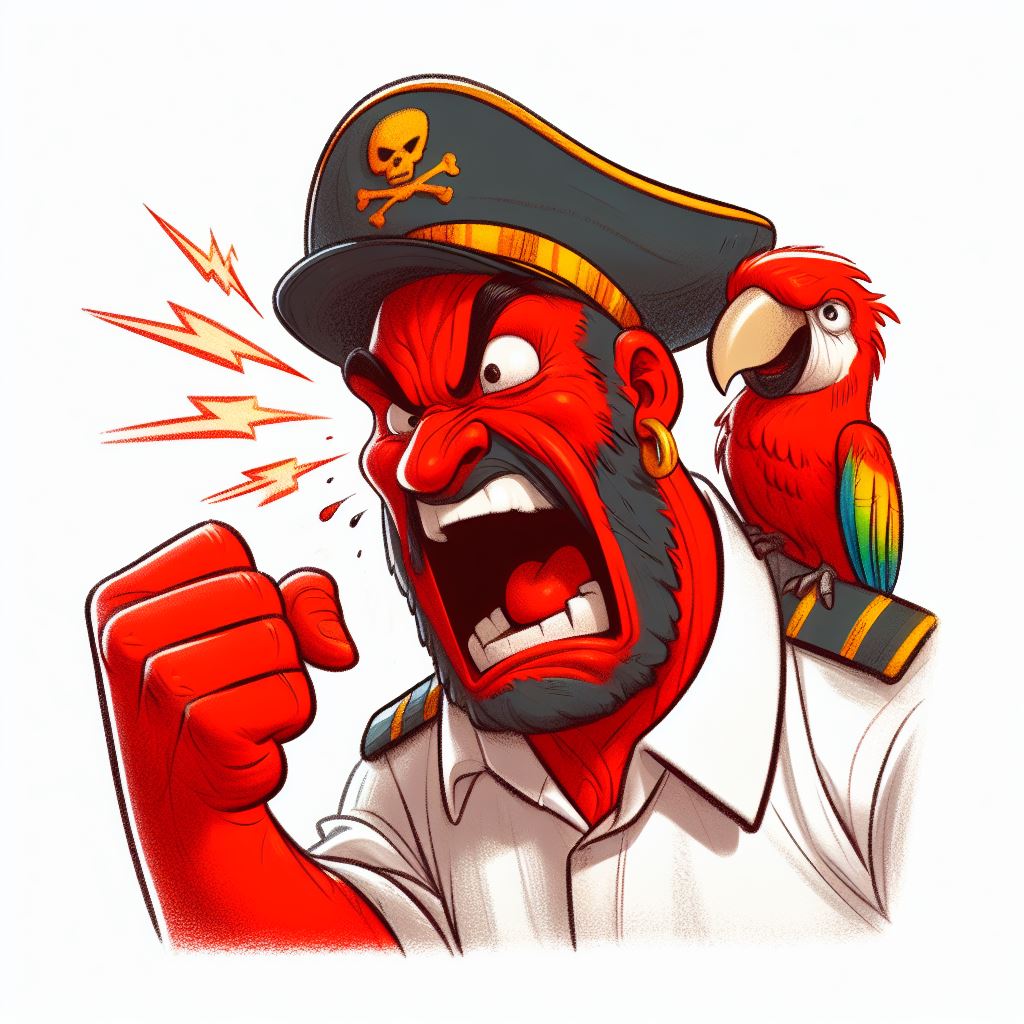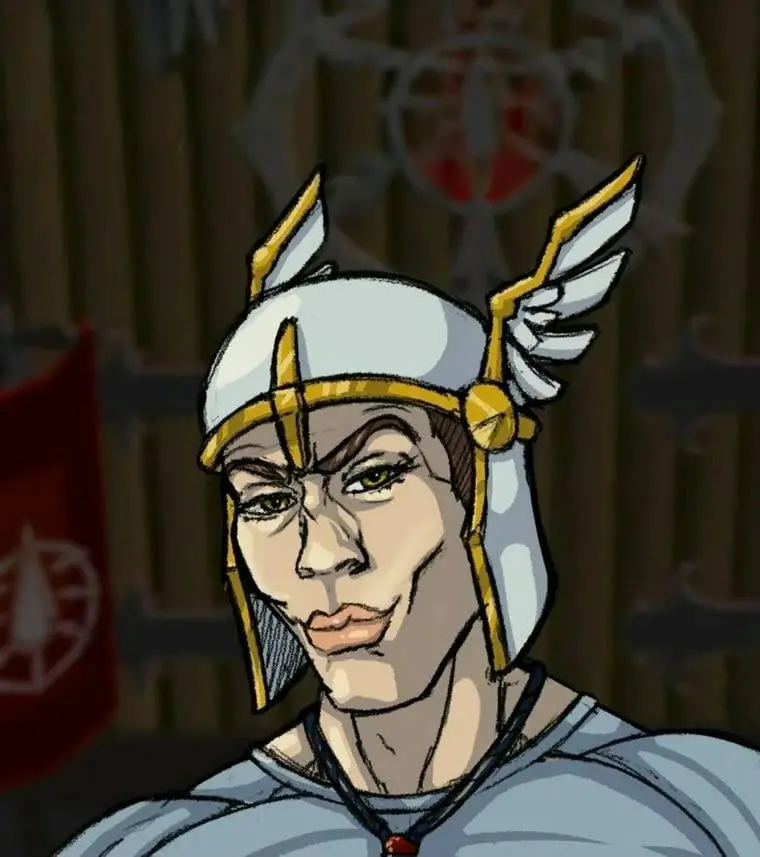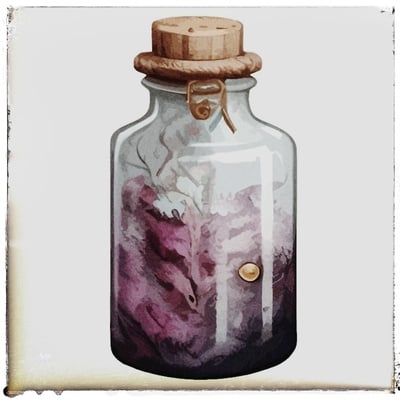I can see making a Mario level with very player friendly tools because the game is so conceptually simple.
A Zelda game on the other hand is much more conceptually complex. The complexity of the editor you’ll need to build a Zelda dungeon is either going to be very simple, but you then get a “shuffle the pre-made challenge rooms in the order YOU want” or maybe a mediocre maze editor, or you’ll basically have to ship a copy of Godot with the tile sets and enemies and such already made.
There’s also the fact that a single Zelda dungeon isn’t as interesting by itself. Without the context of the overworld, the dungeons that came before, the overworld puzzles, a given dungeon is “solve a maze and fight a boss.” Whee.
Exactly. I love Zelda games because of the progression in each dungeon (also why I didn’t like BotW much). The dungeons themselves are rarely challenging (some bosses can be though), and the puzzles are mostly interesting because you use tools you’ve collected along the way, sometimes in ways you didn’t think of at first. You may do something a certain way in dungeon A, and then when you get a new tool, you see something similar but solve it differently (i.e. the old way is blocked) using the new tool. It all builds on each other.
Standalone dungeons miss that context.
That said, maybe it makes sense in TotK because it likely has BotW-like shrines that aren’t tied to progression elsewhere. Idk, I didn’t play it because I was disappointed w/ BotW.
I suspect it’s more about the difficulty of generalizing a bug-free experience. Nintendo likely has internal tools which do this in a relatively reasonable and user friendly way, with the major caveat that it relies on a QA stage for production viability. The complexity is just too high to not have that safety net, so turning users loose on it would just make the experience too unstable to be viable.
Give me an F-zero 99 + Mode7 Mario Kart Mario Maker game. Simple 2D maps.
They already did it as a minigame that nobody cared about in the Link’s Awakening remake.
It also wasn’t well done. Specifically because solving a Zelda dungeon requires solving a puzzle. The dungeon builder they let you make was just “beat all the rooms” which isn’t fun.
To follow the traditional formula you need explore the dungeon and run into obstacles. Then you get the dungeon item. Now you return and unlock new rooms. It usually starts with obvious/easy uses of the item, then more complicated.
Except they gave up on that for botw/TOTK, there really aren’t any large puzzles in zelda games anymore.
I always said botw is an OK game, but it’s a shit zelda game, I might not have hated it if I didn’t go into it expecting a zelda game
I see where you’re coming from, and at one point I may have even agreed with you, but not anymore.
BOTW & TOTK are VERY different Zelda games, but they are Zelda games.
The biggest difference is that these games aren’t linear, even more so than most Zelda games.
Let’s look at Link Between Worlds. You can do many of the dungeons in that game in any order. You receive the dungeon item outside of the dungeon and as long as you have it, you can complete the dungeon that requires it.
Or let’s look at Ocarina of Time. While the intention is that you beat the forest temple and then the fire temple, you can actually do them in either order. The game will certainly take you on the path to the forest temple first, but it isn’t required.
BOTW and TOTK are definitely in a new class of Zelda games, in the same way you can look at and compare 2D and 3D Zelda games. You can compare Link’s Awakening and Minish Cap. It’s difficult to compare Link to the Past and Twilight Princess. It’s difficult to compare Wind Waker and BOTW. They are all Zelda games, so you can do it, but it’s difficult.
I mean, at the end of the day Nintendo gets to decide if they’re Zelda games or not. However, my issue with them is that they basically just feel like ubisoft open world games now. Since you’re given everything at the start their is no progression to the puzzles, the “dungeons” feel small and soulless.
Its not so much that they aren’t “Zelda” games, it’s that I think they deliver a more watered down experience. I think without the “Zelda” title these games would be reviewed very differently, and I personally believe that Immortals Fenyx Rising was a better game than BOTW or TOTK.
I argue that the feel of BotW is a return to Zelda origins. It’s the most any game has felt like the original Zelda.
There original Zelda game was a game about exploring a giant over world to find it’s secrets. The dungeons weren’t puzzle filled, they were essentially just combat challenges.
… It’s that feeling that you are setting out on a difficult journey of exploration across a giant world with no support.
Every Zelda game since the original has felt smaller in comparison because the role of the over world got shrunk to just a thing to connect dungeons.
My favorite is AlttP which I think has the best balance between dungeons and over world exploration, but I prefer over world to modern dungeons we got in skyward sword and such.
Maybe at a very high level, but as a huge fan of the original NES games, BotW completely falls flat on dungeon design. The fun of TLoZ was two-fold: exploration and dungeons. Most of the rest of the series leaned way more on dungeons than exploration, but they all had some element of that.
And yes, the puzzles did center on combat, but they were still puzzles nonetheless. For example, for Dodongo (my favorite puzzle), you’d get a hint in one room, then try to figure out what it meant while fighting the boss unsuccessfully. Likewise for most of the bosses and mini bosses, there was usually some puzzle to figure out how to beat it.
BotW goes the opposite direction, leaning far more into exploration than dungeons, and I think they totally messed up the balance. After the first divine beast, the rest felt boring to me. There’s usually some gimmick (e.g. rotate rings to access doors) that felt more annoying than fun, and the boss fight had one gimmick that’s pretty easy to figure out and otherwise feels pretty much the same as the others. They fill in the game with crafting, which I really didn’t like interacting with, especially since Zelda games almost never rely on consumables (outside of 2-4 slots for potions/fairies), and I didn’t need healing once I got Mipha’s Grace. Shrines were fun, but they were too shallow and short, so I’d spend way more time finding the puzzle than completing it, and the reward was 1/4 of an upgrade? Shrines and divine beasts just didn’t feel as good as completing a dungeon.
role of the overworld got shrunk to just a thing that connects dungeons
I absolutely agree, and this is one thing I really didn’t like about Ocarina of Time. The overworld was large, but largely empty, outside of 3 or so locations. I always knew where to go, so exploration really want necessary to find and finish the dungeons.
I very much want both to be substantial. ALttP is fantastic as you said, and I really like TLoZ (wish it would get a remake with better contextual hints baked in so you don’t need a game guide).
That said, I played Skyward Sword right after BotW and loved it way more, so I guess I’m on the dungeon side of the equation. However, I found the overworld quite sufficient, I just got annoyed at having to use the stupid bird to get around between islands, I really wanted fast travel. But Skyward Sword is absolutely one of my favorite Zelda games, perhaps beat only by TLoZ (largely nostalgia) and ALttP.
So BOTW changed it up, for them the key item was manipulating the dungeon.
In TOTK it actually went more back to the basics and the key item was the new ability.
They only had 4 main dungeons each, but otherwise it was still a puzzle dungeon. Where they make up for the lack of dungeons is by having a hundred plus shrines. BOTW leaned more towards your core abilities, but also had some padding with tests of strength. TOTK leaned more towards construction, which gave them a lot more variety.
And yes, to clarify, drive a pre built car to the end of the room, is a puzzle. Remember even some classic puzzles are as simple as, move a box on to a switch.







